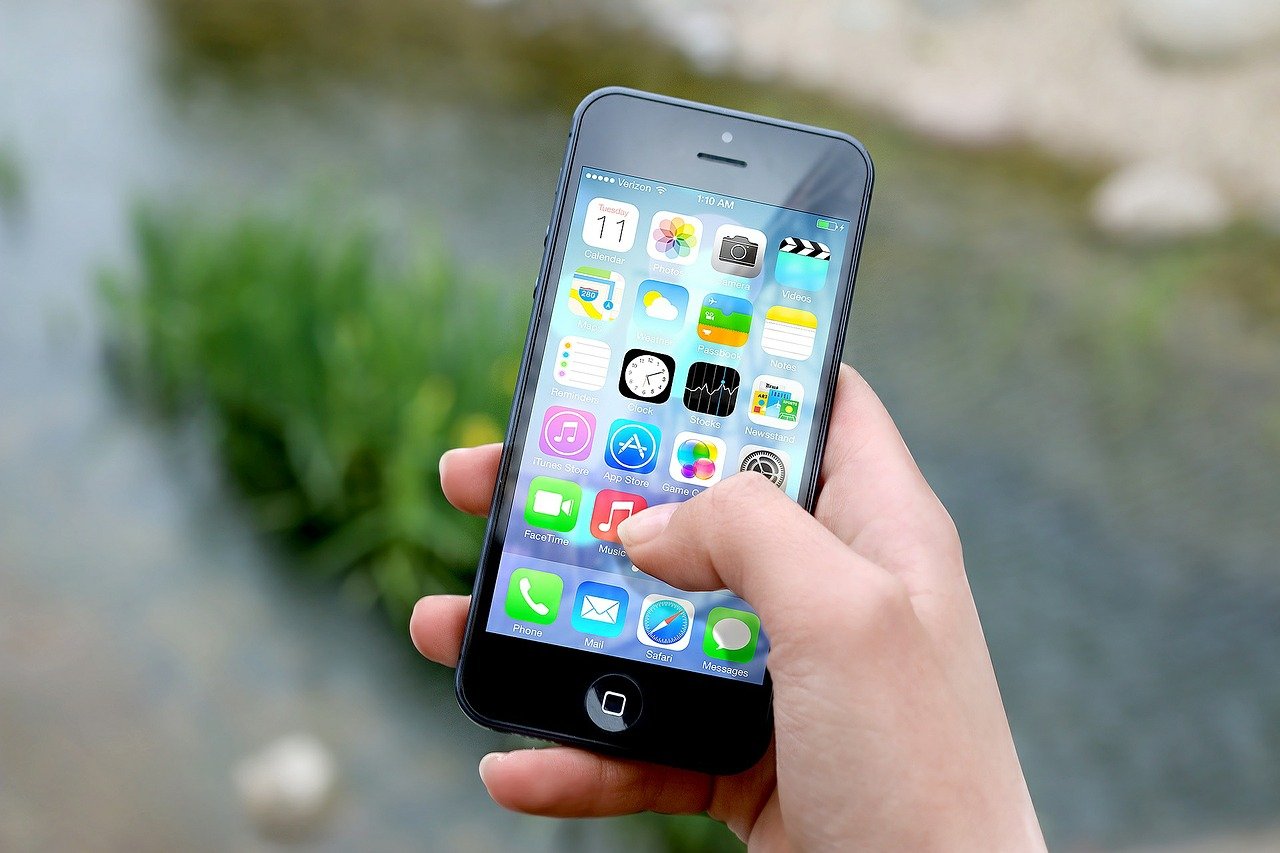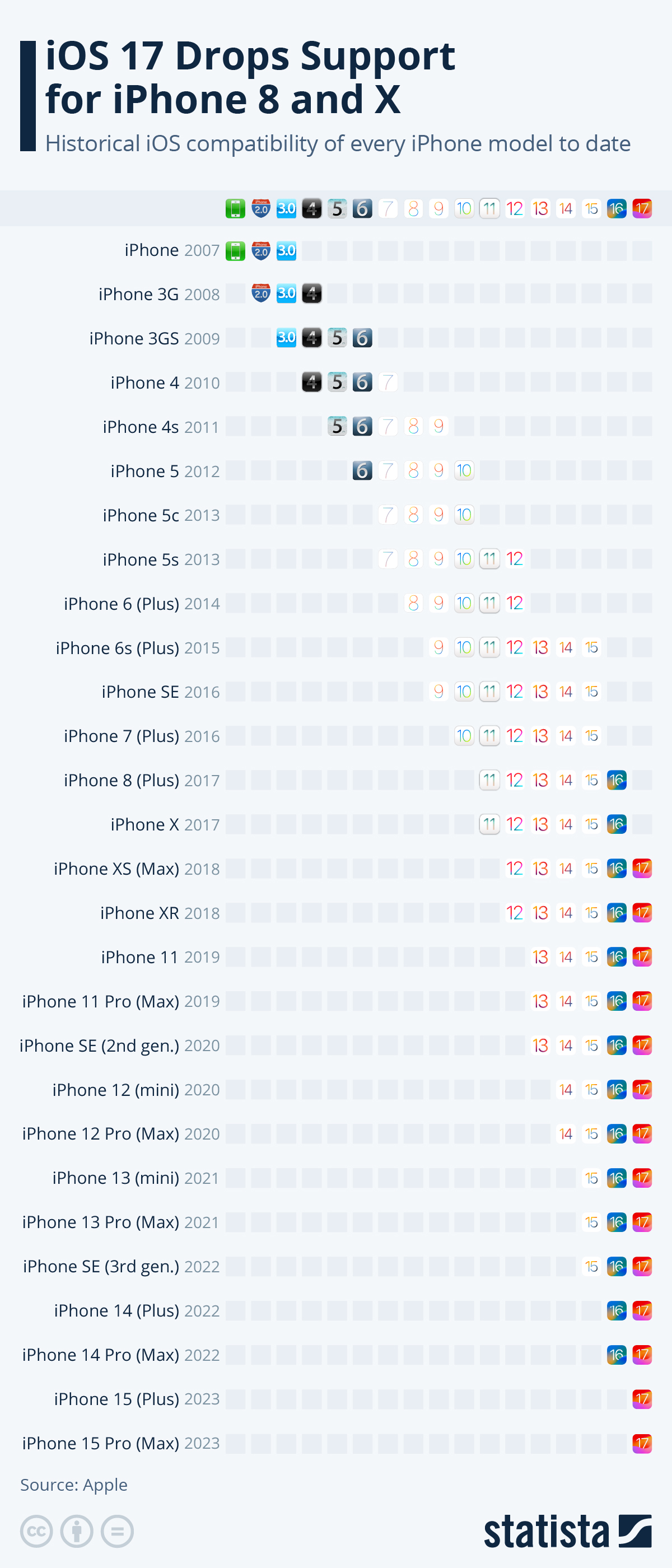At the opening keynote of this year’s WWDC, Apple unveiled the latest iterations of its major operating systems, including macOS, watchOS, iPadOS and perhaps most importantly iOS. The latter in particular gets a slew of new features, including the ability to identify, copy and translate text in photos and a range of privacy enhancements.
When iOS 15 arrives this fall, a vast majority of iPhone users will get to enjoy it. For the second year running, Apple managed the remarkable feat of leaving no additional generation of iPhones behind. That means even users of the iPhone 6s and 6s Plus, originally released in 2015, will be able to make the jump, even though some of the more techy features won’t work on their phones.
As the following chart shows, Apple has done a good job over the years of keeping older devices in the loop for a long time. While the original iPhone and the iPhone 3G received two major iOS updates, later models have typically gotten software updates for five to six years. Having been shipped with iOS 9, the iPhone 6s will become the first generation to see a seventh iOS version this fall, making it the technological equivalent of a tortoise outlasting generations of humans.
source statista
You will find more infographics at Statista
Ask me anything
Explore related questions






